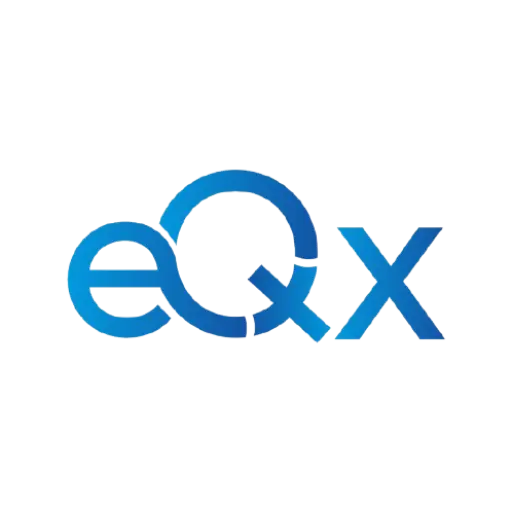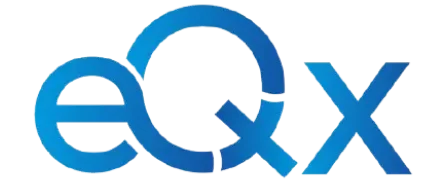
Cloud Migration and Modernization Plan
Overview
In late 2024, Michetti Information Solutions Inc. (MIS) purchased eQx Systems. It was
generally accepted that MIS would continue to provide existing support, but at the same time, “modernize” eQx by improving its look, feel and fundamental architecture.
In 2025, we plan for eQx to undergo a significant shift. While functionality will either remain
or improve, we plan on making eQx a cloud-based system as opposed to a structure that
operates in an on-premises database. We have two main goals:
- Modernize the user interface by converting the legacy Oracle Forms and Reports
into a responsive web application hosted on the cloud, built with enterprise-level
software and - Migrate from an on-premises environment to a cloud-native architecture hosted on
Microsoft Azure in the Central Canada Region, just north of Toronto. Azure has
Systems and Organization Controls 2 Type 2 approval is designed to ensure the
security of sensitive customer data. SOC 2, Type 2 compliance is expected to
become the standard for organizations that store data in the cloud.
This initiative ensures that while core functionality is enhanced, data is maintained. The
underlying technology will be future-proof, scalable and more secure. We are calling this
our 2025 Modernization Initiative: Oracle Forms/Reports to Blazor + Cloud Transition.
Current Environment (Legacy Architecture)
eQx currently operates in a fully on-premises, isolated environment.
Typically, two servers are hosted and maintained by the client: The first server houses
the Oracle Database, while the second server contains Oracle WebLogic for application
communication. The eQx client software must be installed or accessible by all user
computers, and access is limited to users within the site network or via VPN and remote
desktop for remote access. eQx personnel configure the Oracle Database on one server
and the application communication software (Oracle WebLogic) on the other server.
Pros:
- Full client ownership and visibility of data
- Possible low latency when accessed on-site
Cons: - Requires dedicated IT resources for maintenance and security (extra costs required)
- Risk of data loss due to physical or environmental hazards (e.g., fire)
- Limited remote accessibility – must have a complicated VPN + RDP setup
- Slower release cycles for bug fixes and feature updates

Planned Environment – Microsoft Azure – Central Canada location
We plan to move eQx to Microsoft Azure, using data centers located in Central Canada.
This ensures data stays within Canada while still leveraging the reliability and scalability of
Microsoft Azure. Key changes include:
- Hosting the database and infrastructure in Azure with built-in high availability,
disaster recovery and backups. It is possible to have a backup every 1-5 minutes on
the cloud. - Replacing the current user interface (Oracle Forms) with a modern web user
interface that they can access via a browser. This eliminates the need for local
installations. - Integrating Azure Active Directory for secure Single Sign-On (SSO) and access
management - Faster and more secure updates, bug fixes, and security patches
Pros: - Reduced client IT overhead – infrastructure and security are managed by us
- Improved security using Microsoft’s enterprise-grade tools
- Better user experience with a modern web interface
- Faster updates and support
- Accessible securely from anywhere
- Scalable and customizable for future growth
Cons: - Less physical control over the data (offset by encryption and access control
policies)

The database will be hosted in the Azure cloud server, and our newly developed web-based user interface will interact with it, allowing users to securely access eQx directly through
their browsers.
